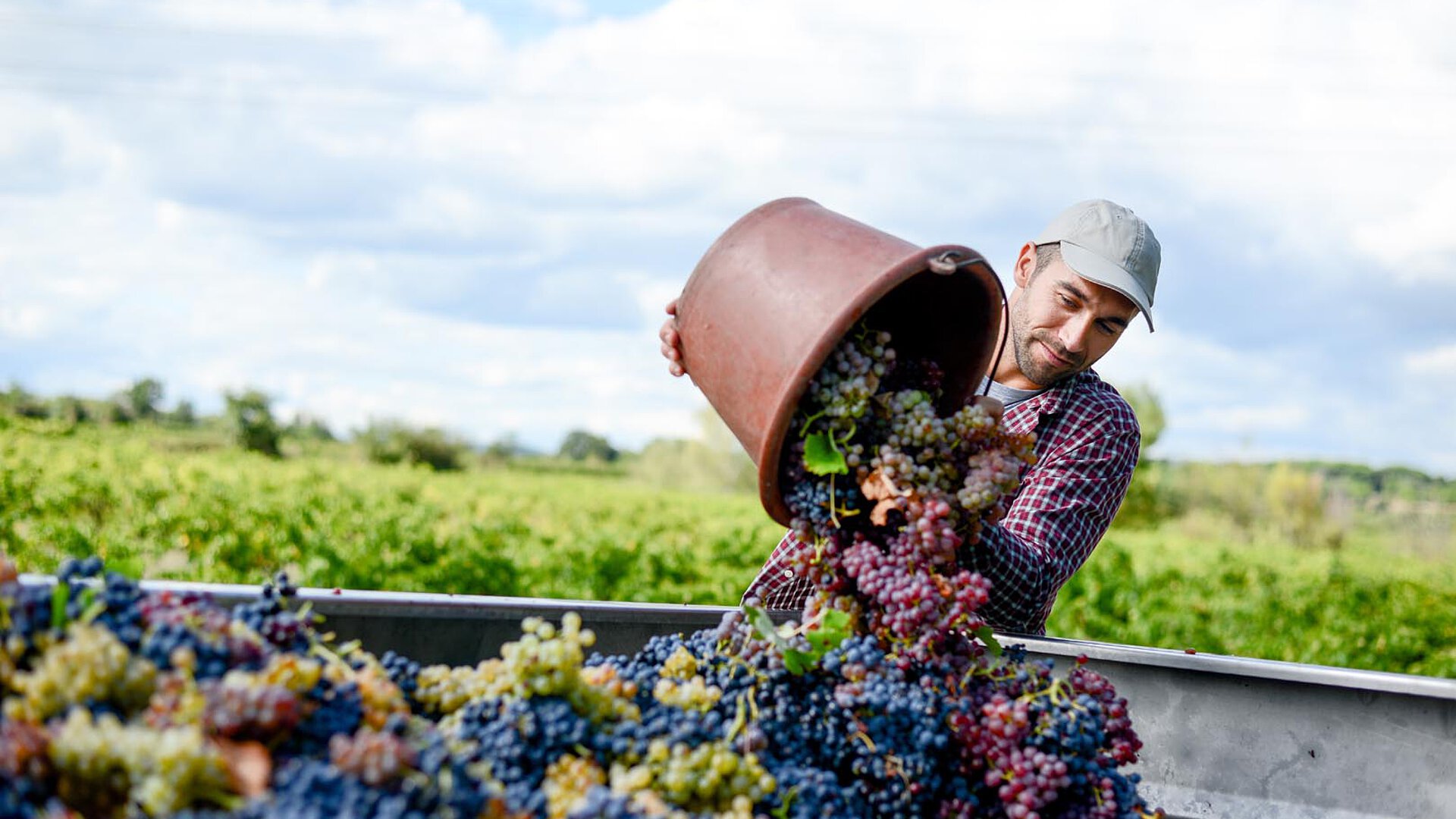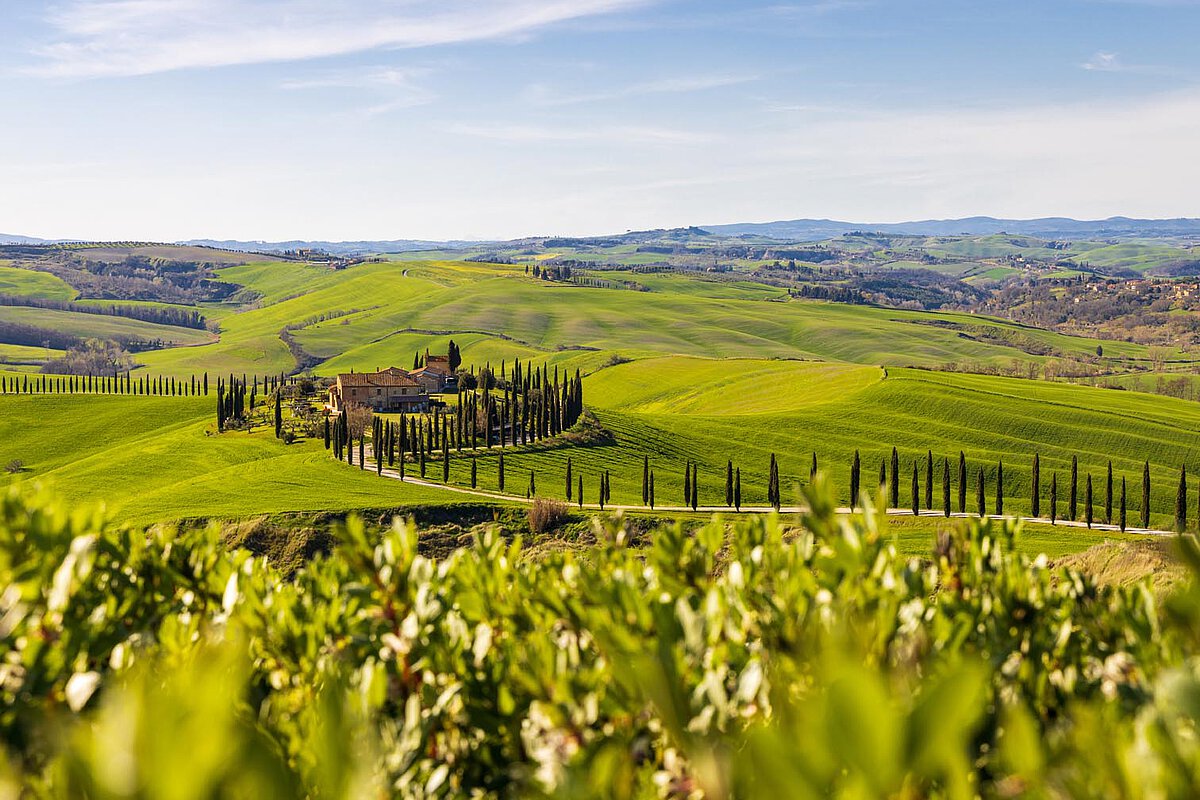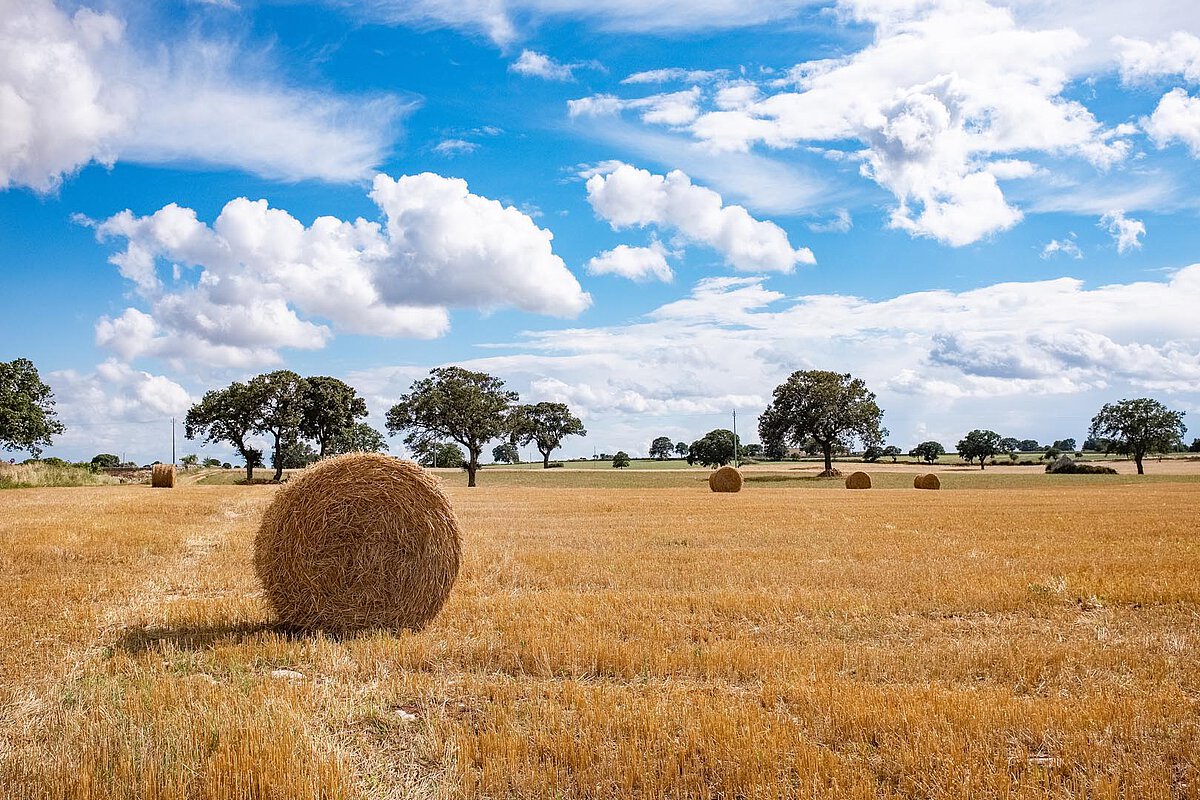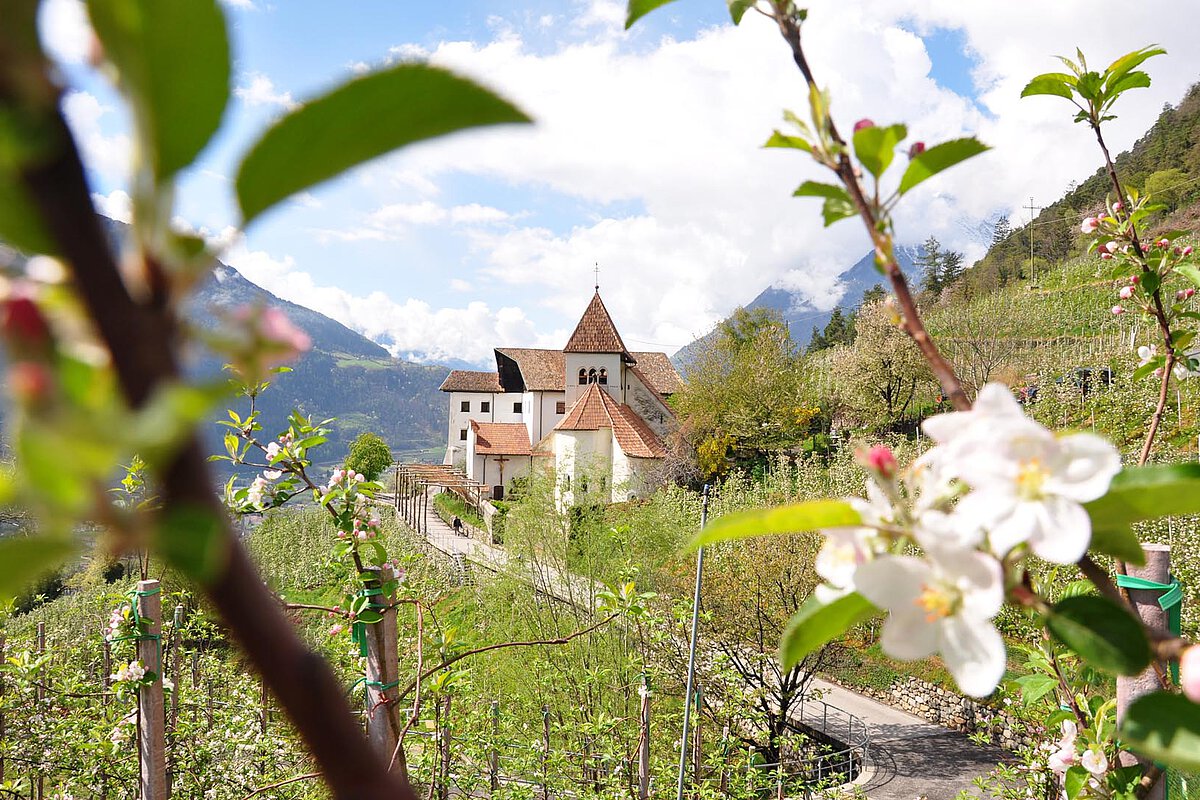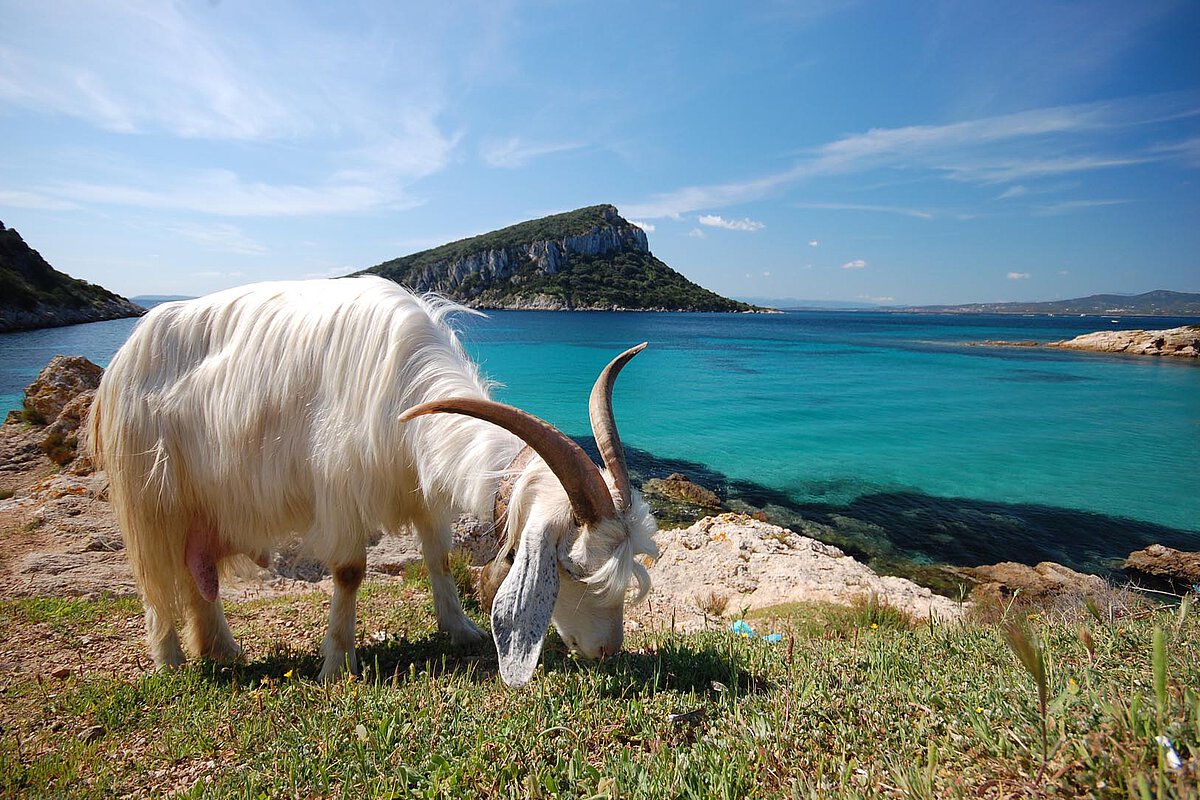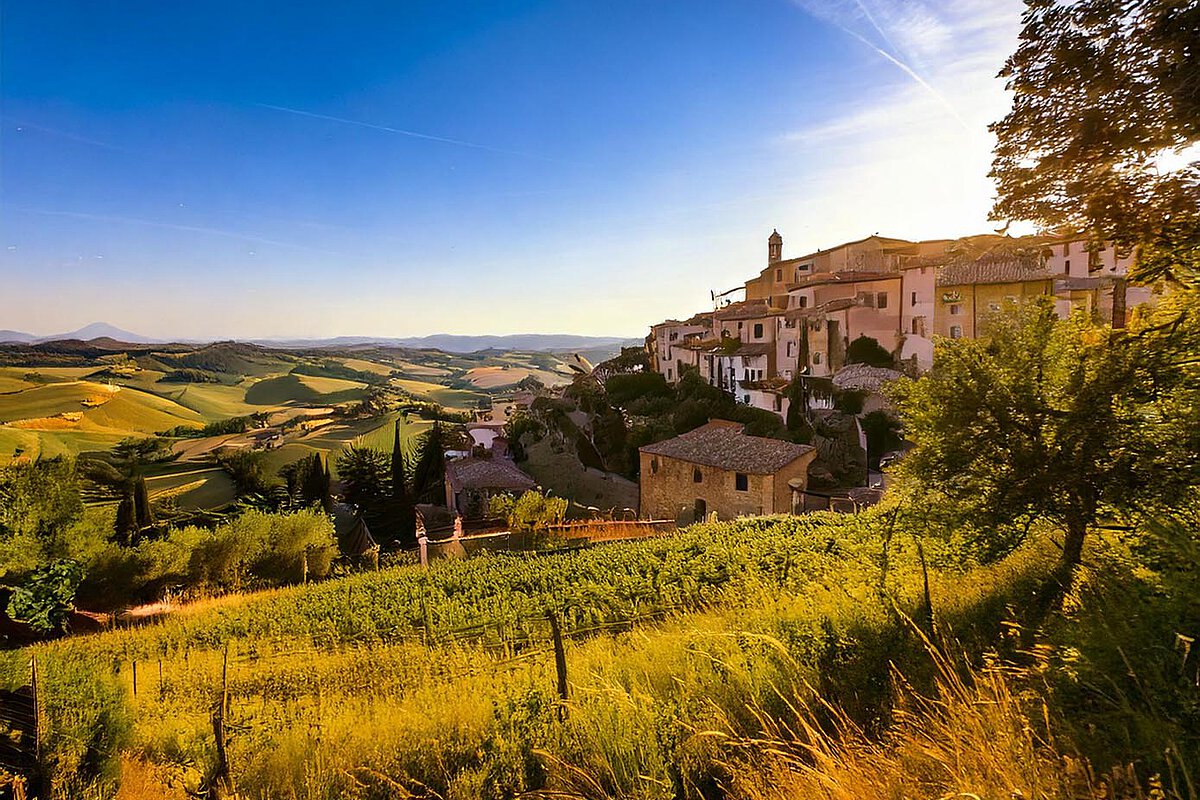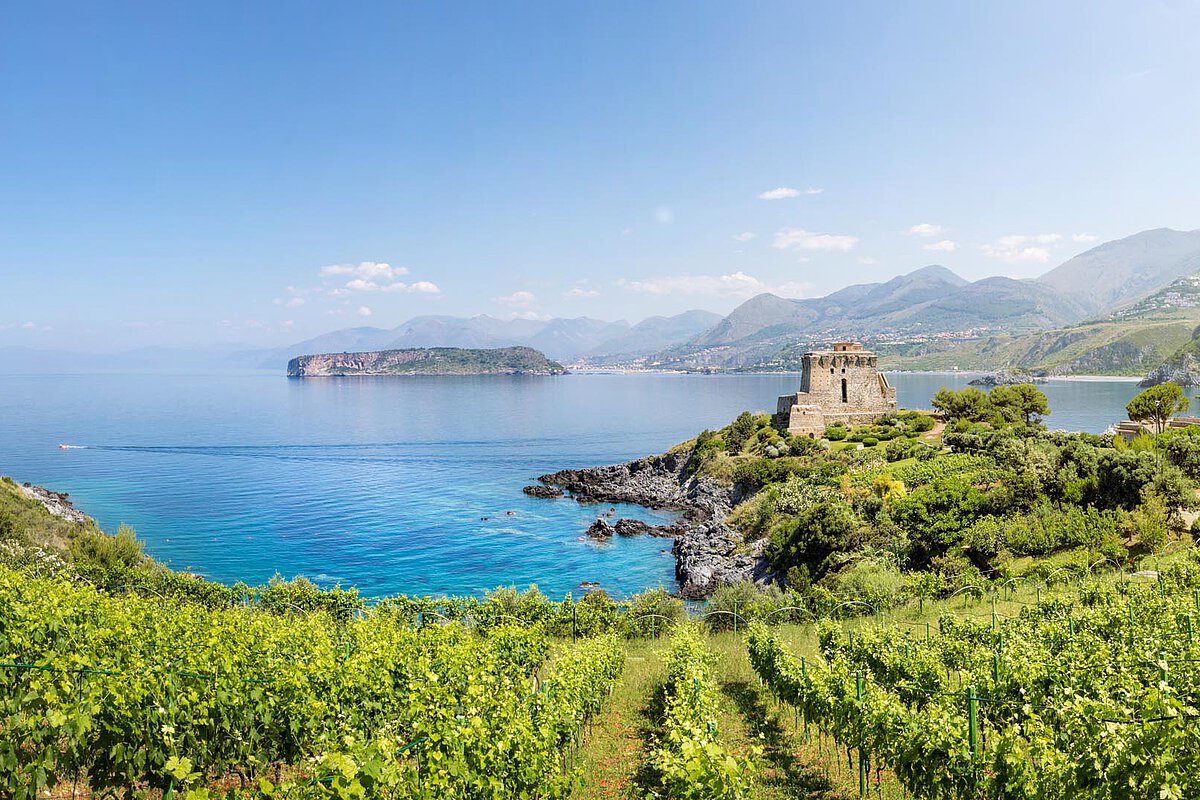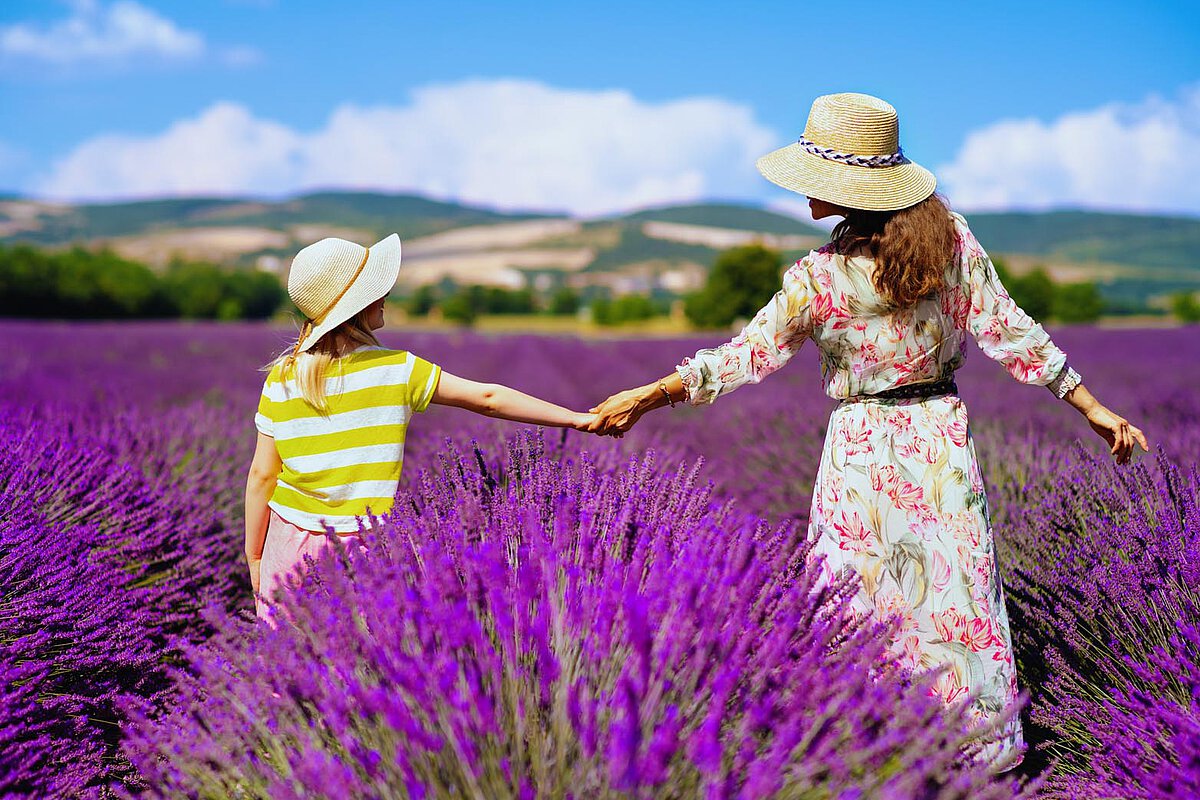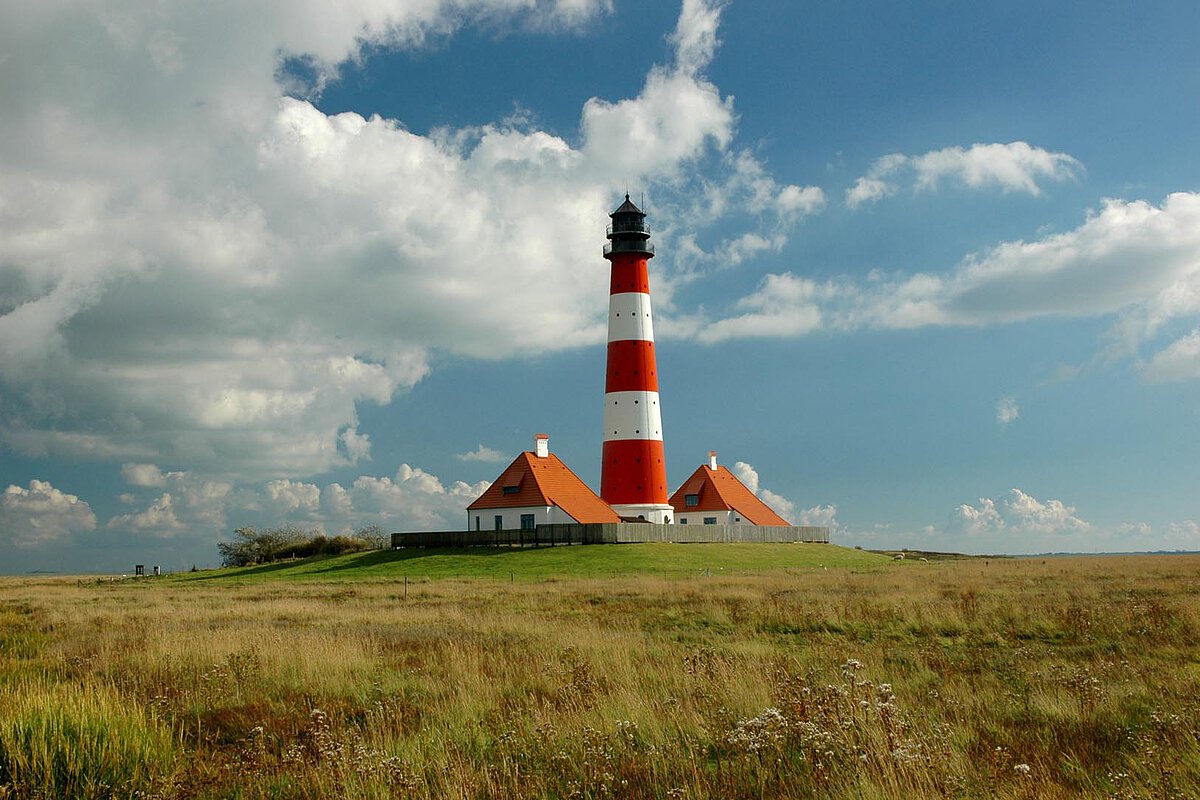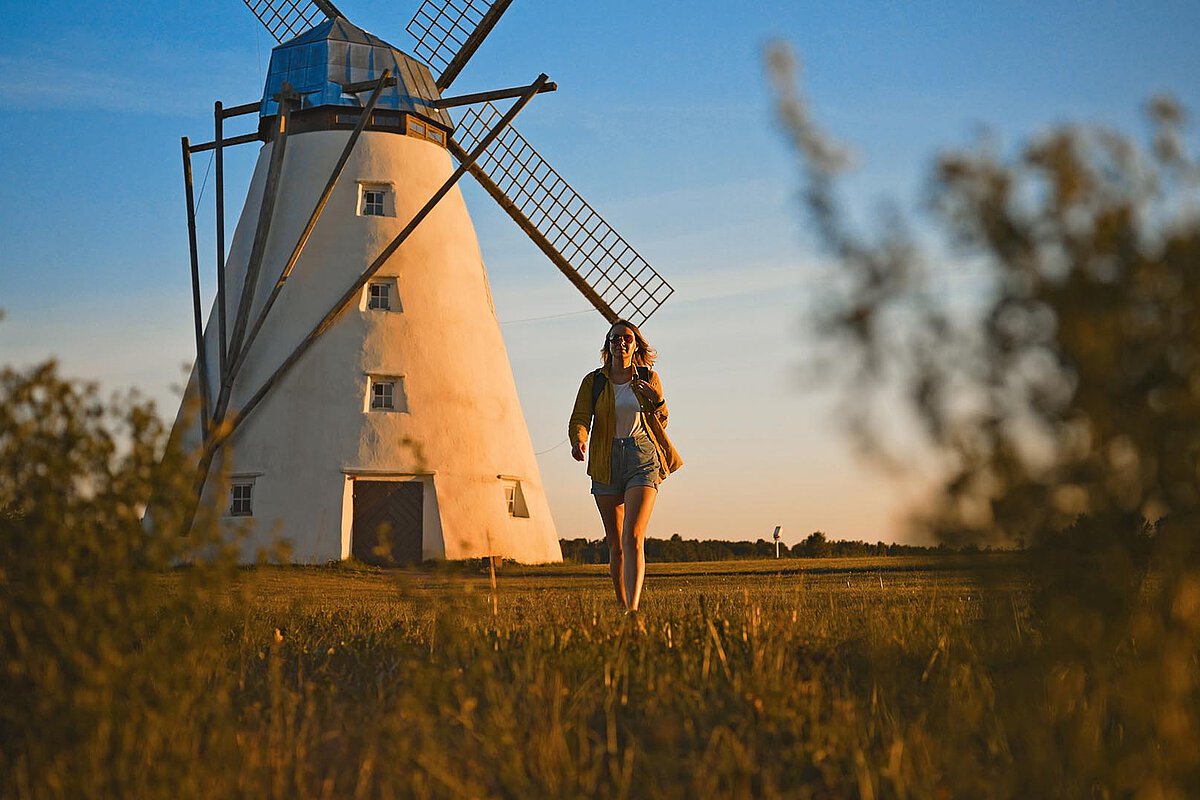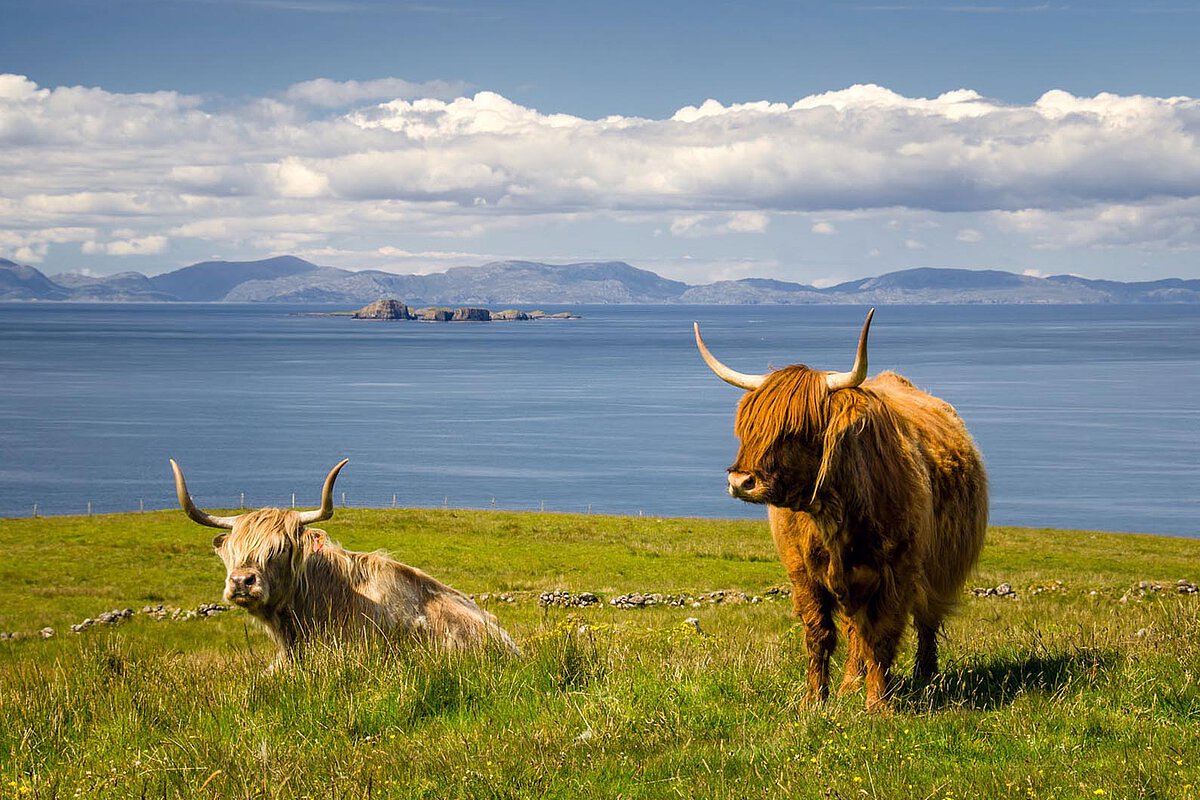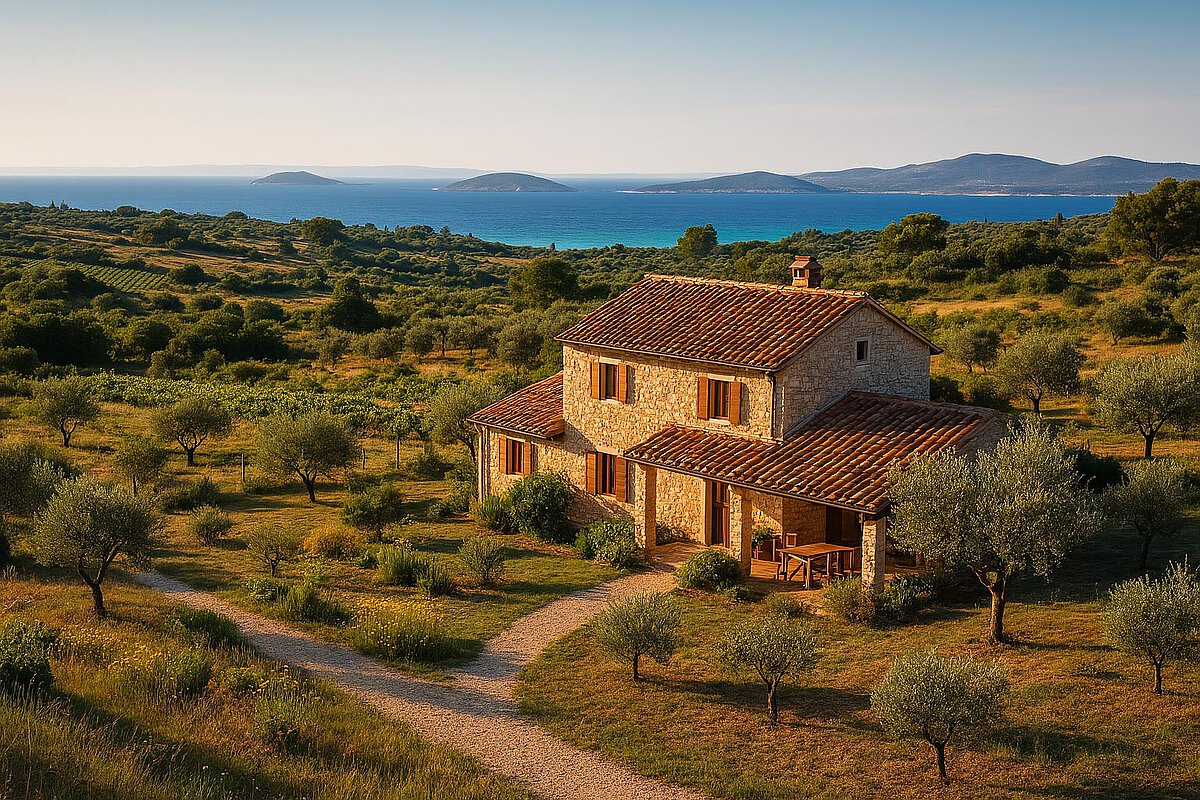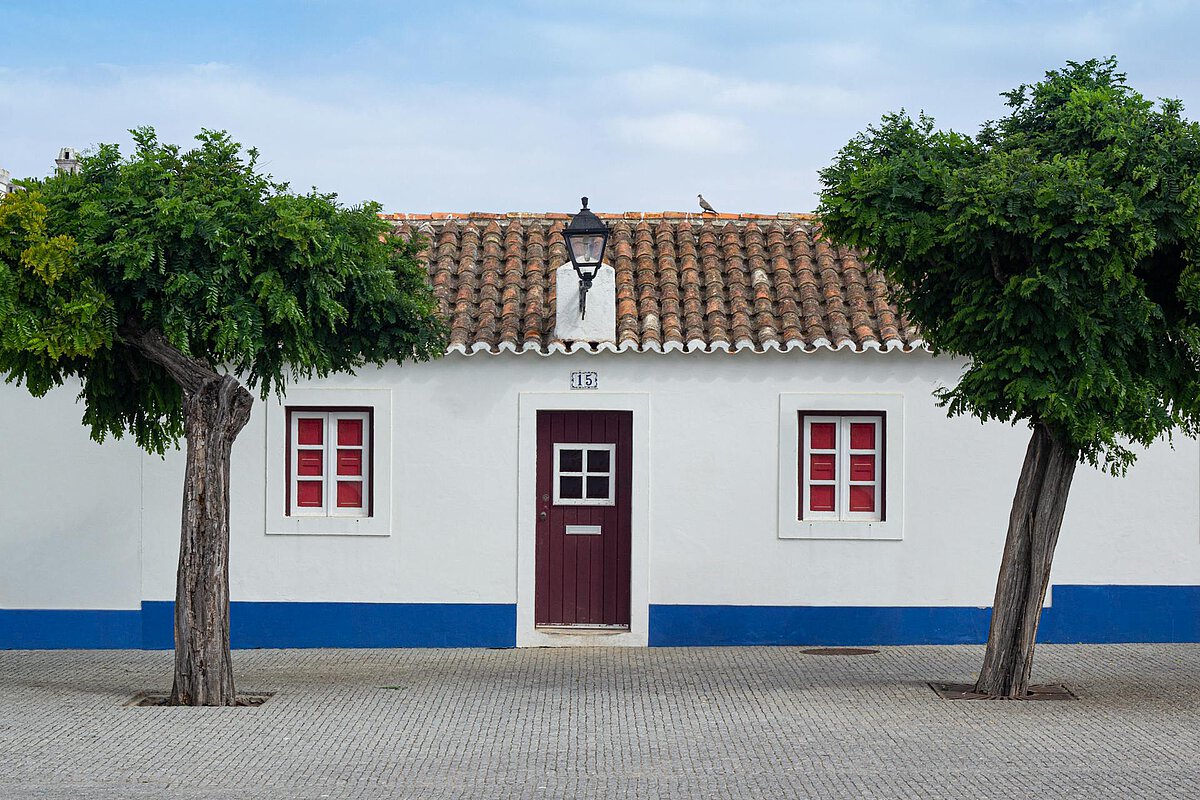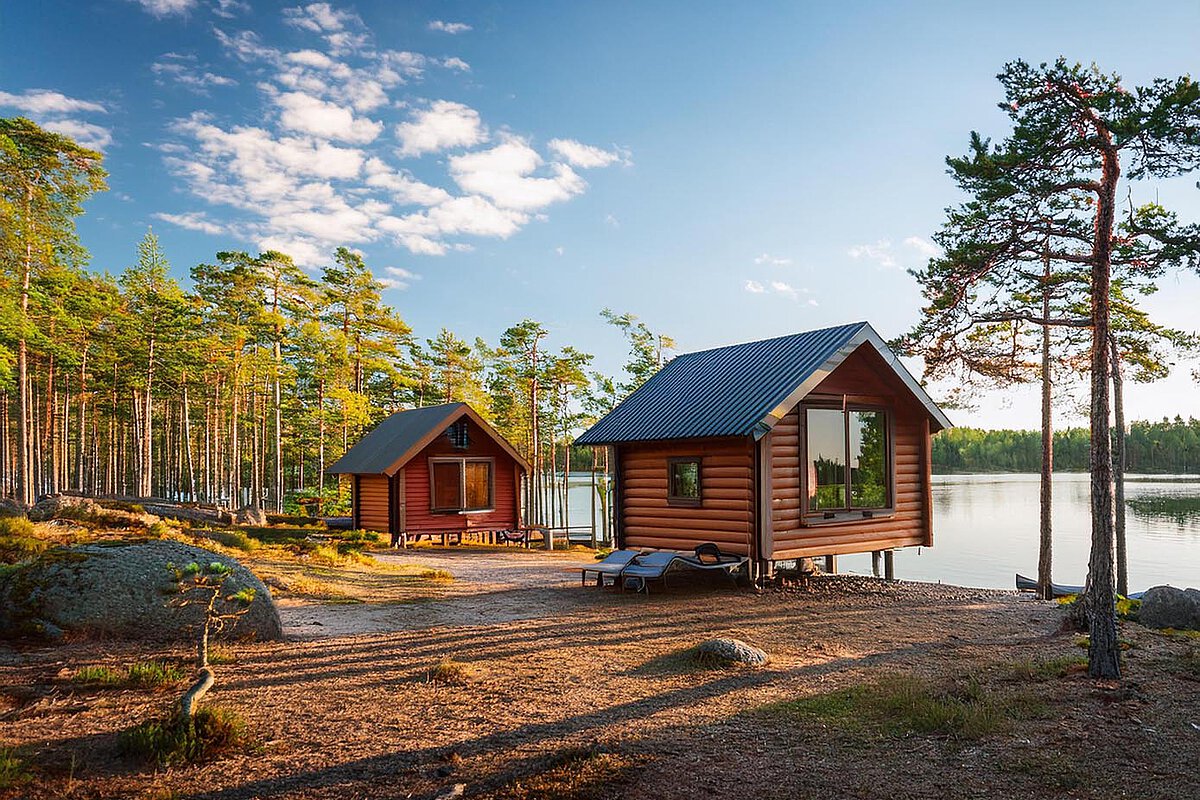Agriturismo and "Dolce Vita"
Sun-kissed vineyards and rustic kitchens
Italy's Most-Loved Rural Regions
Family-Friendly Accommodations
City-Break Escapes
Countryside Sustainable Stays
Didn’t find what you were looking for?
Discover these countryside gems!
Discover Culture, Art, Gastronomy, and Natural Wonders in Italy
Italy attracts more than 60 million travellers every year, who arrive to explore its art and architecture, cuisine and fashion, and spectacular landscapes.
This Southern European country is home to the highest number of UNESCO World Heritage Sites worldwide. Other highlights include the gorgeous Amalfi Coast, the still-active Mount Vesuvius volcano, Tuscan vineyards, and the canals of Venice.
Facts, Figures and General Data of Italy
Most of Italy is a peninsula located in the heart of the Mediterranean Sea, and the country is famously shaped like a boot.
Spread across 301,340 square kilometres, Italy is home to a diverse landscape, which includes Alpine lakes, valleys, coastal plains, and the Alps mountain range.
The population is around 59 million, and Italian is the official language. However, French, German, and local dialects are also spoken in Italy’s various regions.
Along with fine wine, the country is known for its gastronomical delights such as pasta, Neapolitan pizza, prosciutto, risotto, and truffles.
Agricultural Diversity in Italy
The agricultural sector in Italy accounts for approximately 2.1% of the country's GDP and is one of the major economic sectors.
Agricultural products and specialities in Italy include olive oil, a variety of vegetables and fruits (tomato is a major one), wines, and regional cheeses.
Although most farms are small, family-operated ones, approximately 1.6 million farms that cover 12.7 million hectares of land are engaged in agricultural purposes in the country.
Broadly, agricultural land in Italy can be categorised into four kinds – tree crops, farm crops, forestry, and pasture.
Produce in Southern Italy
Among tree crops, grapes and olives are the country’s most lucrative agricultural exports.
Olives are mostly grown in the southern regions of Calabria, Puglia and the island of Sicily.
Sicily and Calabria, along with Campania are also where the majority of citrus fruit production is done.
In addition, cherries, nectarines, apricots, almonds, and hazelnuts are grown in the south and south-western parts of Italy.
Agricultural Produce of North Italy
The Emilia-Romagna region in northern Italy produce plums, peaches, and pears.
The northern region has also seen an increase in pig breeding.
Lombardy is known for its production of olive oil, hams, cheese, and dairy products.
Italy is also the biggest producer of artichokes in the world.
Although the crop is grown all over the country, the capital city of Rome in central Italy is where it is found the most.
Wine-growing in Italy
Being the largest wine producer in the world, grapes are grown almost everywhere in Italy. However, the country has three primary wine-producing regions in terms of both quality and quantity – Tuscany, Piedmont, and Veneto.
The Chianti region in central Tuscany is known for producing a wide range of the famous Chianti wines. The red wines made from Sangiovese grapes are available in a variety of tastes and are popular products of this region.
Piedmont is famous for its reds like Barolo and Barbaresco. The champagne-style sparkling white wine Asti is another much-loved product.
Among Veneto’s best-known wines are the Prosecco sparkling wine, Valpolicella and Bardolino red wines, and the Soave white wine.
The population of Italy is around 59 million, and Italian is the official language.
However, French, German, and local dialects are also spoken in Italy’s various regions.
Top Sights and Experiences in Italy’s Many Cities and Regions
A cultural powerhouse, Italy offers unique and world-renowned sights and experiences for travellers from across the globe. Visit historical landmarks, vineyards, and architectural gems spread across the length and breadth of the country.
Historic Sites in Rome
The iconic 50,000-seat Colosseum in Rome was the largest amphitheatre built by the Roman Empire and was used as a venue for spectator sports.
Not too far from this attraction lies the Trevi Fountain, a stunning Baroque structure that has an interesting legend. Toss a single coin in if you wish to make another trip to Rome, two if you are looking for love, and three for wedding bells.
When in Rome, you can also make a trip to the Vatican City – the world’s smallest sovereign city-state. It is home to the Sistine Chapel, which is famous for the ceiling painted by Michelangelo.
Pisa’s Architectural Gems
Visit Pisa for its signature Leaning Tower, a 14th-Century structure known for its crooked incline. If you want to climb to the top, it is best to book your slot in advance.
A lesser-known gem is the Santa Maria della Spina church, a tiny but gorgeous example of Pisan Gothic architecture. Located on the banks of the river Arno, the church is famous locally for reputedly once being home to one of the spurs from Jesus Christ’s crown of thorns.
Venice & Milan
The cathedral church of St. Mark's Basilica features the Italo-Byzantine architectural style, displaying the city’s ancient connection to the east. Take a gondola ride on the famous Grand Canal and admire the ornate arched Rialto Bridge, oldest of the four that span the canal.
The Bridge of Sighs is another famous one, but not many know that you can take a guided tour inside the bridge. The bridge offered prisoners a sight of the “City of Canals”, and many were said to sigh at the beauty of it – hence the evocative name.
Experience the centuries-old Venetian tradition of mask-making at Ca' Macana, a family-owned store that was one of the oldest to offer Venetian carnival mask-making workshops. Try your hand at it and leave with an authentic souvenir.
Apart from being a global fashion capital, Milan also has the Duomo di Milano, among the world’s largest and most magnificent cathedrals designed in flamboyant Gothic architecture. It is dedicated to the Nativity of St Mary.
Excursions and Tourism Offers in Italy
Italy is a welcoming destination for travellers. With plenty to see and do, visitors have myriad options to choose from.
FAQs
Italy's diverse regions offer a variety of agricultural specialties:
- Southern Italy (Calabria, Puglia, Sicily): Olives, citrus fruits, cherries, nectarines
- Northern Italy (Emilia-Romagna): Plums, peaches, pears
- Lombardy: Olive oil, hams, cheese, dairy products
- Central Italy (Rome): Artichokes (Italy is the world's largest producer)
Each region's unique climate and traditions contribute to its agricultural diversity.
Italy, the world's largest wine producer, has three primary wine regions:
- Tuscany: Famous for Chianti wines, particularly reds made from Sangiovese grapes
- Piedmont: Known for red wines like Barolo and Barbaresco, and the sparkling Asti
- Veneto: Produces Prosecco sparkling wine, Valpolicella and Bardolino reds, and Soave white wine
Each region offers distinctive flavors reflecting local terroir and winemaking traditions.
While Rome and Venice are popular, consider these rural gems:
- Santa Maria della Spina church in Pisa: A tiny but exquisite example of Pisan Gothic architecture
- The Bridge of Sighs in Venice: Take a guided tour inside this famous bridge
- Ca' Macana in Venice: Experience traditional Venetian mask-making at this family-owned workshop
These sites offer unique insights into Italy's rich history and cultural traditions.
Italy's countryside offers various outdoor pursuits:
- Cycling excursions along Italy's extensive trail network
- Horseback riding tours in the Dolomites or Sicily
- Hiking with groups registered to the Italian Alpine Club (CAI)
These activities allow visitors to experience Italy's natural beauty up close.
Agriculture plays a crucial role in Italy's economy:
- It accounts for approximately 2.1% of the country's GDP
- There are about 1.6 million farms covering 12.7 million hectares
- Most farms are small, family-operated businesses
- Agricultural land is categorized into tree crops, farm crops, forestry, and pasture
This sector contributes significantly to Italy's famous gastronomy and export markets.
Rural Italy offers several distinctive lodging options:
- Agriturismos: Working farms that offer accommodations, allowing guests to experience farm life
- Restored villas in Tuscany: Luxurious stays in historic buildings surrounded by vineyards
- Trulli in Puglia: Traditional dome-shaped stone houses converted into unique lodgings
- Masserie in Southern Italy: Fortified farmhouses turned into boutique hotels
These accommodations provide an authentic taste of Italian rural life and architecture.

